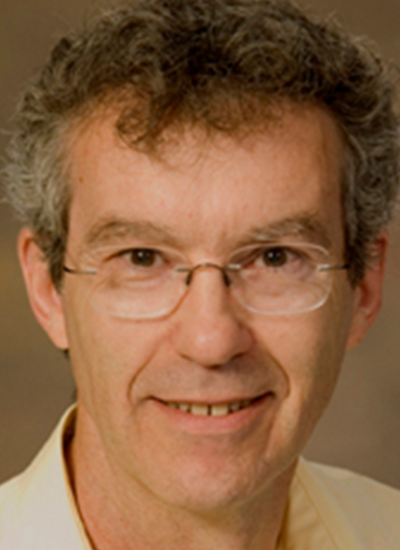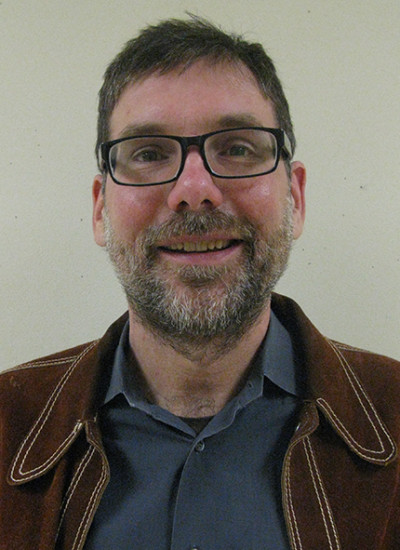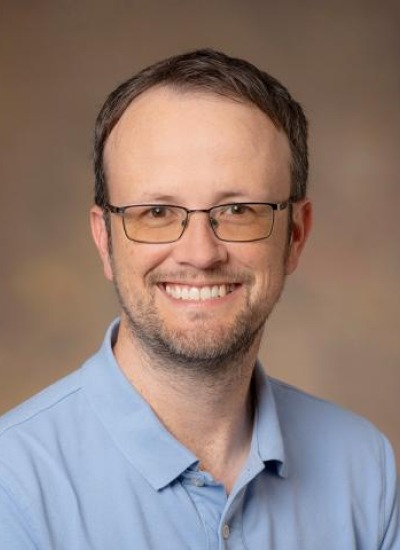The control of gene expression is critical to nearly all aspects of cellular biology, from maintaining basic cell function and identity, to the ability of cells to respond to numerous signals that arise during processes such as development, exposure to pathogens or changes in the cellular environment. A key means by which all cells enact appropriate gene expression responses is to alter the function of messenger RNAs (mRNAs). mRNAs exist in different functional states, dependent upon the proteins bound to them. These states include translation (protein synthesis), repression (off state) and decay. The localization of an mRNAs can also affect its function, thus cells are offered an array of spatial and temporal mechanisms for gene expression control at the mRNA level. mRNAs can also cycle between these different functional states. For example, mRNAs exiting translation often accumulate in distinct mRNA-protein (mRNP) assemblies known as P-bodies and stress granules, from which they may ultimately return to translation again or possibly undergo mRNA decay. Dr Buchan (Ph.D, B.S.) and his lab are particularly interested in the study of P-bodies and stress granules. These conserved, mRNA-protein (mRNP) bodies contain important protein regulators of mRNA decay and translation, as well as signaling proteins, and thus affect gene expression control and cell signaling pathways. In addition, they strongly resemble other important mRNP granules that function in embryogenesis (maternal granules) and memory formation (neuronal transport granules). Finally, stress granules and P-bodies have numerous connections to disease, such as an involvement in RNA viral replication, elevated levels in certain cancer types, as well as the formation of aberrant stress granules in neurodegenerative diseases such as Amyotrophic Lateral Sclerosis (ALS). The Buchan lab uses yeast and cell line models to study the assembly, disassembly and function of stress granules and P-bodies, and how aspects of stress granule and P-bodies contribute to ALS and forms of cancer








